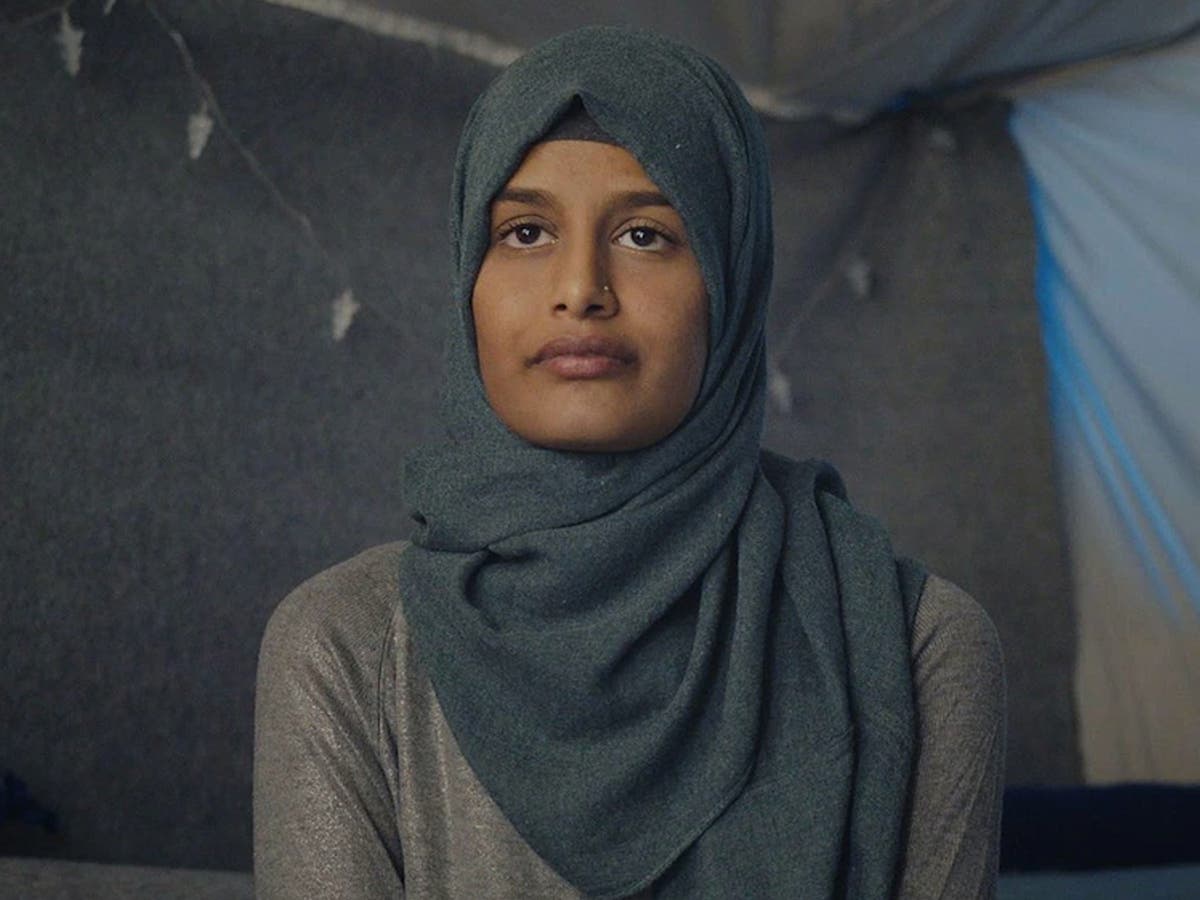[ad_1]
W.When the US-backed Syrian Democratic Forces (SDF) defeated the Isis in Baghouz in 2019 after a month-long struggle over a land area of ​​less than 700 square meters, it marked the end of the Islamic State’s caliphate. Allegedly a paradise for Muslims, the Caliphate was actually a place of horror. At its peak, 8 million people lived in the suffocating grip of a criminal regime that used a distorted interpretation of Islamic law to control through terror and brutality.
After the fall of Baghouz and the withdrawal of western troops, the Kurds found themselves in their hands with almost 100,000 Isis prisoners. Some remained ideologically loyal to Isis, many did not. However, when they came from overseas, almost all of them were rejected by their home countries. From governments to opinion polls to newspaper headlines, the message to Westerners who have joined Isis has almost always been the same: They are no longer welcome here.
While the repatriation is debated, foreign wives of Isis fighters and their children are waiting in heavily guarded camps in legal limbo. Among them is known to be Shamima Begum, the Londoner who ran away with two friends in 2015 to join Isis. She is now 21 years old and the only survivor currently held at al-Roj detention center in northeast Syria, near the border with Iraq, who was unable to return to the UK after her British citizenship was revoked in 2019 what made them stateless.
[ad_2]

